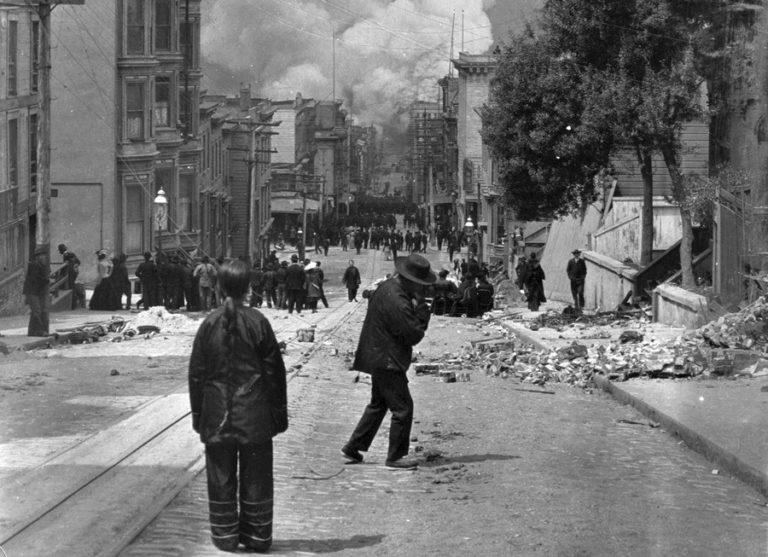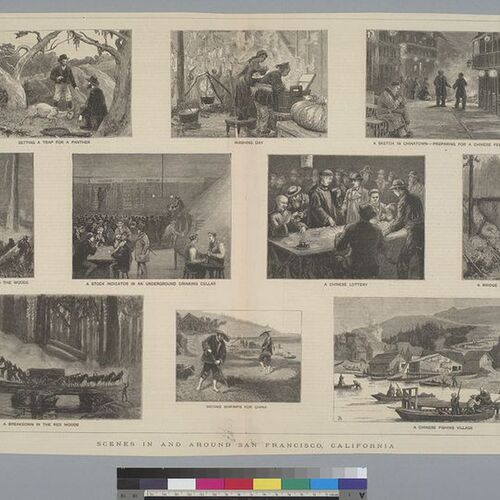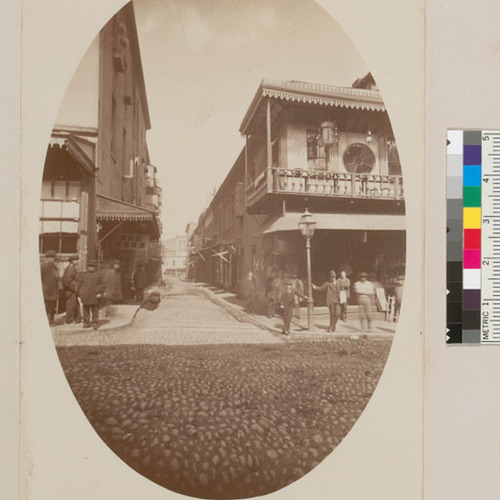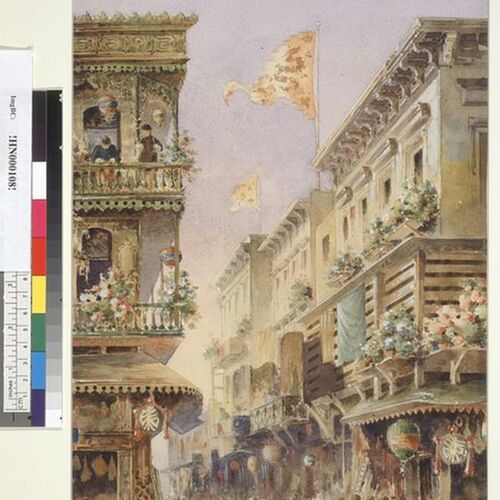Chinatown
Chinese immigrants began establishing Chinatowns in the mid-19th century as safe spaces in response to widespread discrimination and violence. As anti-Chinese sentiment grew, laws like the Chinese Exclusion Act and local policies forced many Chinese immigrants to band together for survival. These enclaves, such as San Francisco’s Chinatown, became essential refuges where immigrants could find work, housing, and protection from hostility.
Chinatowns served as cultural hubs, allowing Chinese immigrants to preserve their traditions, language, and customs. Festivals like Lunar New Year brought communities together, while traditional foods, medicine shops, and temples kept their heritage alive. Economically, Chinatowns thrived through businesses like laundries, restaurants, and markets, providing jobs for residents and services for outsiders. These businesses also gave Chinese immigrants a sense of autonomy in a society that largely excluded them.
Socially, Chinatowns acted as support systems. Organizations like the Chinese Six Companies mediated disputes, provided legal aid, and defended community rights. They also helped new immigrants adjust to life in America, offering guidance and resources. Despite being marginalized by the broader society, Chinatowns became symbols of resilience, allowing Chinese immigrants to survive and maintain their identity in a foreign and often hostile land. Today, these neighborhoods stand as living reminders of their struggle and cultural perseverance.

In 1906, the devastating earthquake and fire in San Francisco destroyed much of the city, including Chinatown. Many saw this as an opportunity to permanently displace the Chinese community, proposing to move Chinatown to the outskirts or eliminate it entirely. However, the Chinese community refused to give up. They united to hire lawyers, challenged the city’s plans through legal means, and enlisted the help of the Qing government’s diplomats to apply political pressure. At the same time, Chinese business leaders negotiated with city officials, proposing to rebuild Chinatown with a more vibrant and “oriental” architectural style that would attract tourists and benefit the city economically. Their efforts succeeded, and Chinatown was rebuilt stronger than before, becoming a cultural and commercial hub. This remarkable story demonstrates the resilience and determination of Chinese immigrants, who turned a disaster into an opportunity to preserve their community and heritage in the face of adversity.


